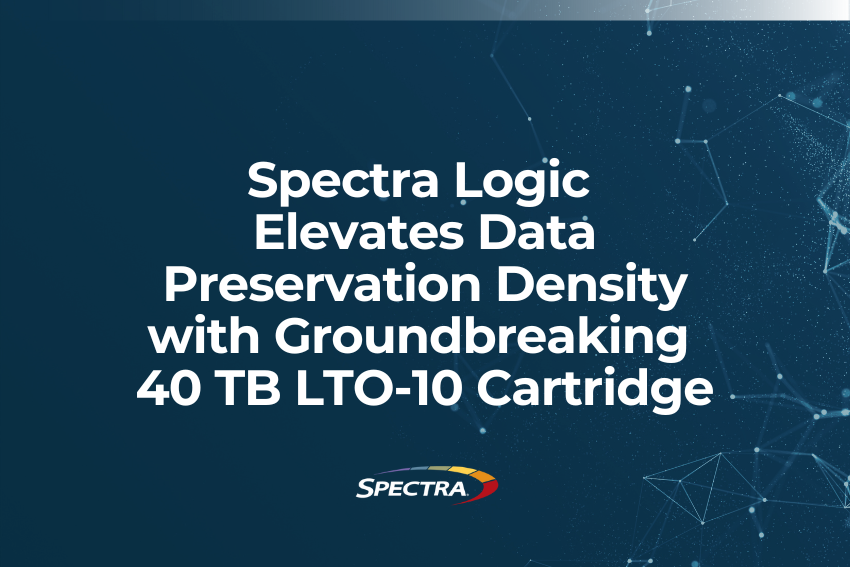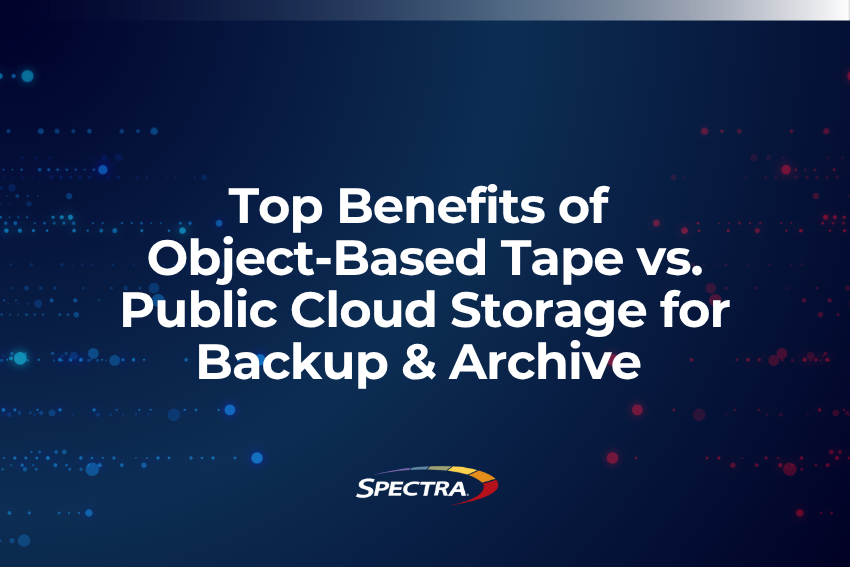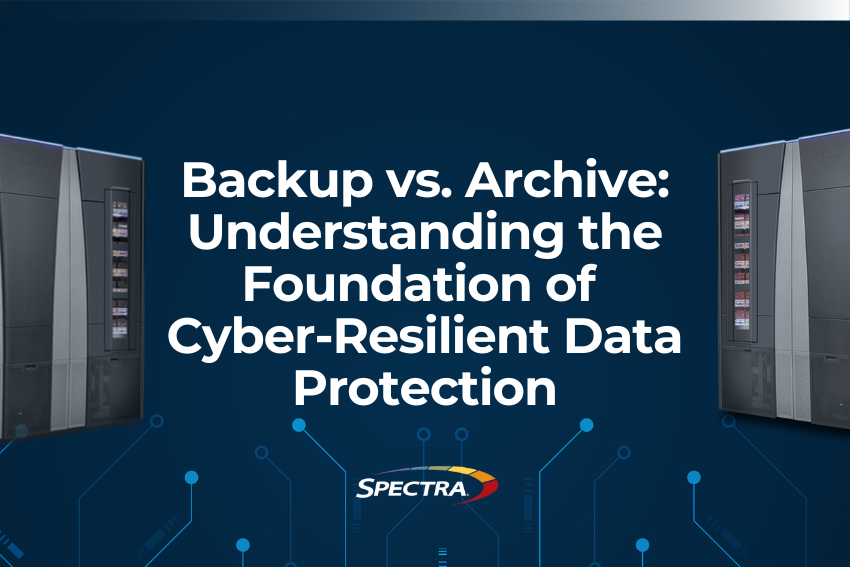The World Bank’s energy price index increased by 26.3 percent between January and April 2022, on top of a 50 percent increase between January 2020 and December 2021. This surge reflects sharp increases in coal, oil and natural gas prices.[2] Rising energy costs, as well as reduced access to energy sources have renewed a focus on sustainability in data center operations, with many organizations having adopted sustainability goals
But what should organizations consider when planning for sustainable data storage?
Choose the right technology
Employing the right technology goes beyond considering energy efficiency when purchasing and replacing data storage devices with newer, more efficient hardware as it becomes available. The key to fully sustainable data storage is making sure that the right technology is being used for the right data at the right time. All-flash is better than HDDs for data-intensive workloads, and tape storage works well for archival data or large project-based data sets like machine-generated data. But is your data management strategy tuned tightly enough to ensure that unused and aging data doesn’t inadvertently take up valuable flash storage capacity? Is there a retention policy in place to avoid wasting storage space on data that might be redundant or obsolete? Does your organization have the right software deployed to help utilize storage resources more efficiently?
Locate data sustainably
Optimizing the physical environment for data storage should not be overlooked. How do components such as airflow, HVAC and water affect how efficiently storage equipment can be kept cool? Can energy created by data storage equipment be repurposed elsewhere, and can energy needed to cool those systems be reclaimed from other purposes?
Organizations that optimize their existing facilities and operations or that build a new sustainable data center can apply to certify with the Leadership in Energy and Environmental Design (LEED) program, which was developed by the U.S. Green Building Council and recognizes data centers having clear energy efficiency management practices, cooling management protocols for HVAC systems and air quality, indoor lighting controls that meet illumination and lighting load requirements, and plans to address environmental performance levels.
Want to learn more about the improvements in IT technology, data management and operations that are paving the way for sustainable data centers for the future? Curious to know how other organizations are approaching short- and long-term sustainability goals? Join the next SpectraLIVE webinar to hear from Dr. Alastair Dewhurst, GridPP Tier-1 Manager at UK Science and Technology Facilities Council – STFC; Rich Gadomski, Head of Tape Evangelism at Fujifilm; and Matt Ninesling, Senior Director, Tape Portfolio Management at Spectra Logic, on what’s happening with climate change, the energy crisis, rising energy costs, and what steps IT professionals can take to address these topics. Register here.
[1] https://www.iea.org/reports/data-centres-and-data-transmission-networks
[2] https://blogs.worldbank.org/developmenttalk/energy-shock-could-sap-global-growth-years








